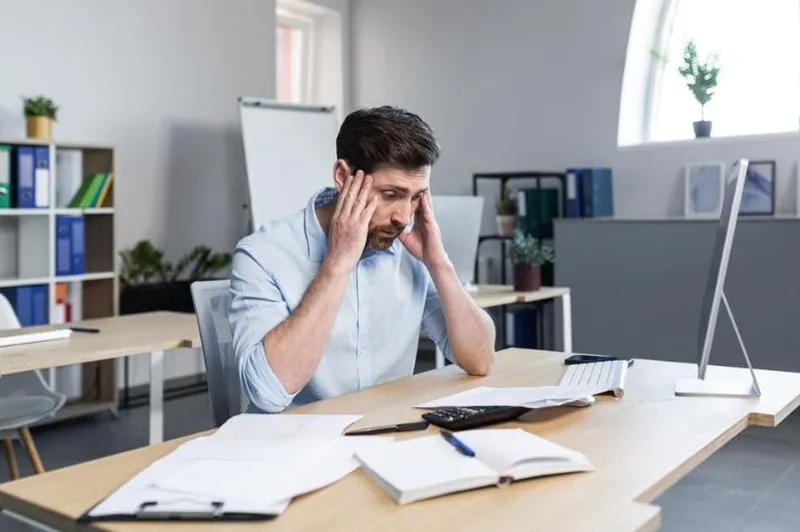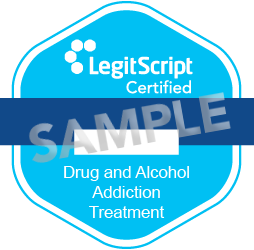Post-traumatic stress disorder (PTSD) can affect people who have experienced a traumatic situation, which can be related to warfare or assault. In addition, it can affect those directly involved with the situation and individuals who witness others experiencing it. It can result from one instance or, in the case of complex PTSD, traumatic experiences that took place over a longer period of time, such as years. Feeling unable to escape is a major cause. It can be challenging to cope with PTSD in the workplace or in any situation, but work can be amongst the most difficult. This is because it can affect your:
- memory
- ability to concentrate
- personal interactions
- anxiety
However, the five ways to cope below will help you handle it while in this environment.

Grounding Yourself
If you feel yourself experiencing PTSD symptoms and revisiting those related experiences, do your best to refocus your mind on the present. One way to do this is by identifying something you can use your senses – smelling, tasting, touching, hearing, and feeling – with and focusing your energy on that.
Another option to consider is shaking your body when standing, which can help you to refocus.
Using Headphones or Earplugs
If it is allowed in your work environment, use headphones or earplugs to help block out outside noises. This is useful as a noisy, hectic workplace can increase anxiety and flashbacks. This coping method can help with PTSD in the workplace and allows many to calm down and focus on the music or something else. If you use headphones, you may want to consider listening to white noise to help calm yourself.
Activating Your Vagus Nerve Can Help With PTSD in the Workplace
Stimulating your vagus nerve, which runs from your brain to your colon, helps calm those fight-or-flight responses that PTSD tends to activate. You can do so through a few simple activities. One is to chew gum. You can also do this by humming or chanting to yourself and engaging in breathing exercises.
These activities help refocus your mind on the present as well.
Escaping During Lunch or Breaks Can Help With PTSD in the Workplace
Leaving your workplace when possible, such as during lunch or while on your breaks, may help you manage PTSD-related symptoms. If you have a job in which you are generally sitting, walking during those times can also help lower your blood pressure and increase your production of endorphins, which can assist you in handling these challenging situations.
Simply put, getting alone time whenever possible can help you better cope with PTSD in the Workplace. Other ways to do so are by timing your eating breaks for when the break room is emptier and taking bathroom breaks more often to provide you with the means to get away from the hustle and bustle of your workplace.
You should engage in meditation or deep-breaking exercises when you are away.

Leaving Work at Work Can Decrease PTSD in the Workplace
One thing you can do to cope with PTSD is to leave work at work mentally. That means that if it is possible with your job, completely separate work time and away-from work time in your mind. When you leave for the day, leave your work-related thoughts there, and get after any issues or uncompleted work the next time you are there. Avoid working at home or otherwise ruminating on workplace issues.
If this is impossible, do so as best as possible. Set aside whatever time you can to not be available for work and not worry or think about anything related to your job.
Therapy Helps Individuals With PTSD in the Workplace
In addition to taking advantage of the above coping skills for PTSD, you may want to consider the Mind Body Optimization holistic approach to mental health. We have significant experience effectively treating mental health conditions and handling co-occurring ones.
We consider the entire individual in our treatment as we help them recover from their experiences. Contact us today to make your first appointment!





